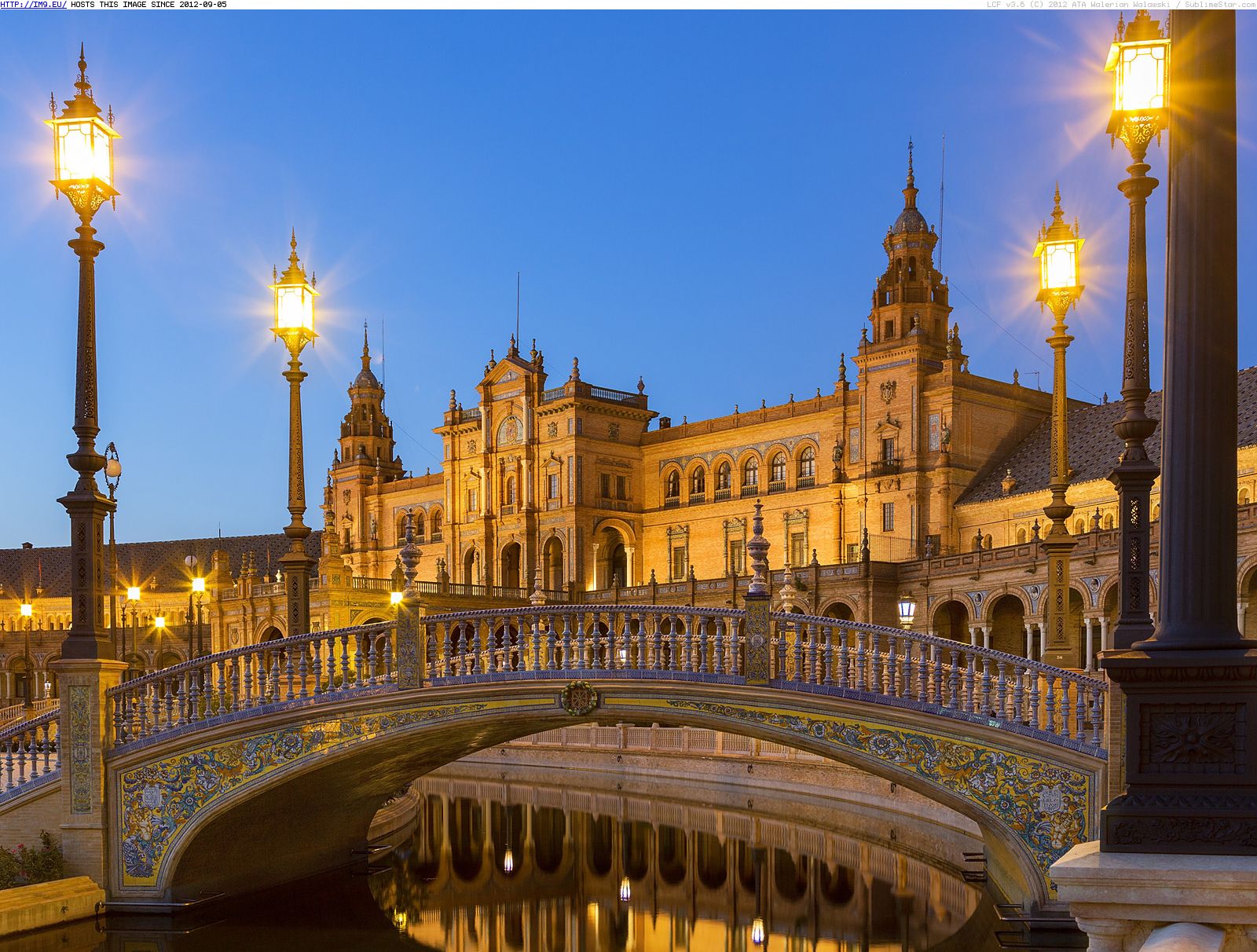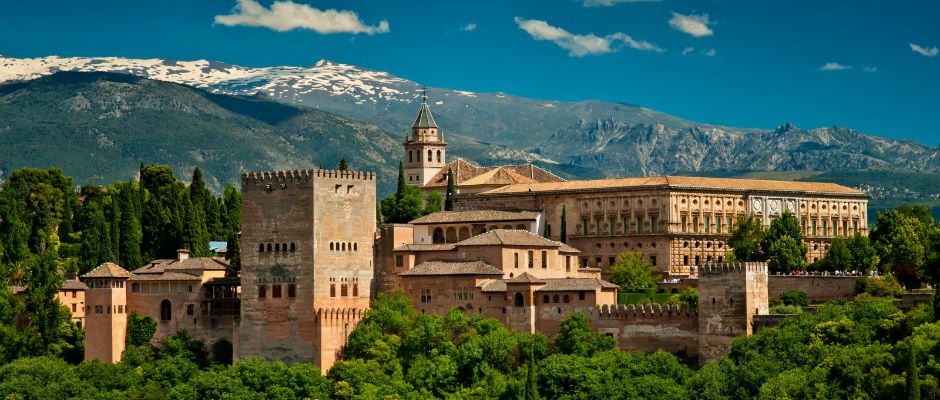Seville and Granada, Andalusia
Wait, Andalusia?

The official name for the southernmost portion of Spain is Andalusia (or Andalucia Spanish). The region is established as an ‘autonomous community of the Kingdom of Spain’ and the Andalusian community is officially recognized as an historic nationality of Spain; both Sevilla and Granada are located within the region.
Seville
 Sevilla is both the capital and largest city of the autonomous community of Andalusia. The city has had a contentious history; it was founded by the Romans, then conquered by the Visigoths, Moors, and Castilians before finally being incorporated into the Kingdom of Spain. The myriad styles of architecture in the city speak to these dense layers of history.
Sevilla is both the capital and largest city of the autonomous community of Andalusia. The city has had a contentious history; it was founded by the Romans, then conquered by the Visigoths, Moors, and Castilians before finally being incorporated into the Kingdom of Spain. The myriad styles of architecture in the city speak to these dense layers of history.
“Some cities have looks, other cities have personality. The sevillanos – lucky devils – get both, courtesy of their flamboyant, charismatic, ever-evolving Andalucian metropolis founded, according to myth, 3000 years ago by the Greek god Hercules. Drenched for most of the year in spirit-enriching sunlight, this is a city of feelings as much as sights, with different seasons prompting vastly contrasting moods: solemn for Semana Santa, flirtatious for the spring fiesta and soporific for the gasping heat of summer.
Like all great cities, Seville has historical layers. Roman ruins testify the settlement’s earliest face, memories of the Moorish era flicker like medieval engravings in the Santa Cruz quarter, while the riverside Arenal reeks of lost colonial glory. Yet, one of the most remarkable things about modern Seville is its ability to adapt and etch fresh new brushstrokes onto an ancient canvas.”
Read more: http://www.lonelyplanet.com/spain/seville/introduction#ixzz44VbAjFnY
Granada

Granada was founded by Berber settlers in Spain around the same time that Seville was incorporated into the Moorish kingdoms under the Umayyad Caliphate and, like Seville, the architecture of the city speaks to this history of conflict. The Alhambra, pictured above, was originally built as a complex of fortresses by the Muslim kings of southern Spain. After the fall of Granada, the final event in the Christian Reconquest of Spain, the Alhambra was repurposed as a palace.
“Internationally revered for its lavish Alhambra palace, and enshrined in medieval history as the last stronghold of the Moors in Western Europe, Granada is the darker more complicated cousin of sunny, exuberant Seville. Humming with a feisty cosmopolitanism and awash with riddles, question marks, contradictions and myths, this is a place to put down your guidebook and let your intuition lead the way – through the narrow ascending streets of the Albayzín and the tumbling white-walled house gardens of the Realejo quarter. Elegant yet edgy, grandiose but gritty, monumental but marked by pockets of stirring graffiti, 21st century Granada is anything but straightforward. Instead, this sometimes stunning, sometimes ugly city set spectacularly in the crook of the Sierra Nevada is an enigmatic place where – if the mood is right – you sense you might find something that you’ve long been looking for.”
Read more: http://www.lonelyplanet.com/spain/granada/introduction#ixzz44Vax8yzp
